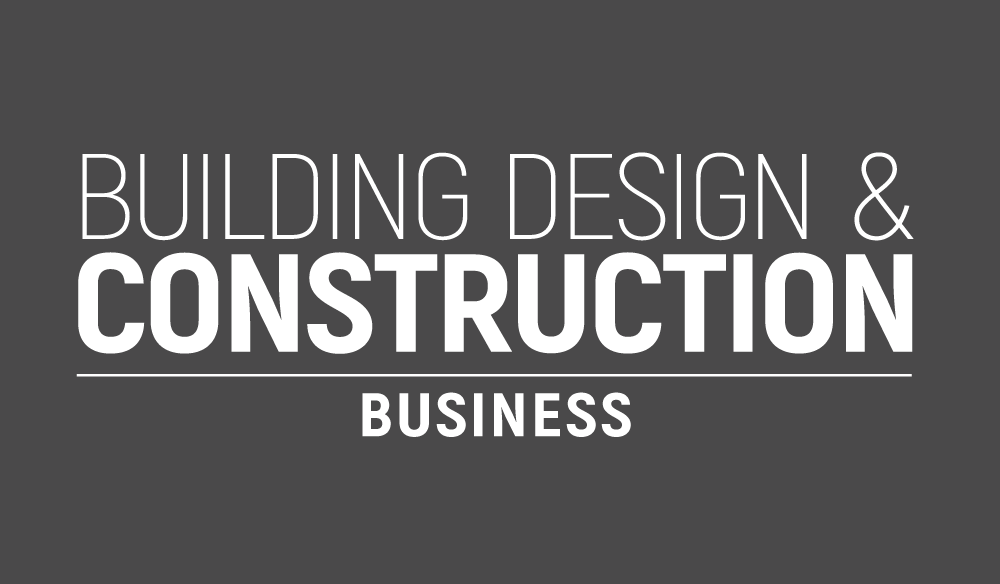Buying or selling property should be exciting, not frustrating. But for many, the process drags on longer than expected. If you’ve ever found yourself anxiously waiting for an update that never comes, you’re not alone.
Delays in conveyancing are common, but often preventable. Whether you’re a first-time buyer or seasoned seller, understanding the root causes can save you time and stress. Keep reading to find out exactly what causes conveyancing delays and how to keep your move on track.
Hitting the Brakes: What Slows Things Down?
Conveyancing delays rarely happen without cause. Most begin with paperwork errors or omissions. Missing title deeds, ID documents, or leasehold details can grind progress to a halt. Your solicitor relies on complete and accurate documentation to proceed smoothly.
A second major factor is slow communication. When buyers, sellers, or solicitors fail to respond promptly, progress stalls. If a mortgage broker or local authority drags their feet, the timeline stretches. SAM Conveyancing helps avoid these hold-ups by offering a concierge-style service that ensures every party stays informed and accountable throughout the process.
Property Chains and Local Search Backlogs
Being in a property chain is another common trigger. A single delay in a related transaction often sets off a domino effect. If someone else in the chain is waiting on their own purchase to finalise, your timeline gets held up too.
Searches from your local council can also be a culprit. Some councils take weeks to return local authority searches, particularly during high-demand periods. These delays are entirely out of your solicitor’s control, but knowing to request them early can help keep the process moving.
Mortgage Hold-Ups and Survey Issues
Another stumbling block is mortgage approval. Lenders might take longer than expected to issue a formal offer, especially if additional checks or valuations are needed. Delays like this aren’t unusual, but they can often be minimised by getting your agreement in principle early.
Even after the offer, a survey can throw up issues. If problems with the property are uncovered like damp, structural cracks, or poor roofing you might renegotiate or seek repairs before proceeding. These are essential discussions but can easily stretch out the process.
Legal Snags: Titles, Leases, and Final Hurdles
Disputes over property titles or unclear boundaries can also cause headaches. Your solicitor may need to resolve these before allowing the exchange. Similarly, leasehold properties often require more documentation, such as service charge accounts or ground rent info, which managing agents may be slow to supply.
Sometimes, just before the finish line, buyers or sellers push for last-minute renegotiations. These changes whether price-based or tied to the move-in date can delay contracts and raise stress levels.
How to Keep Your Move on Schedule
The best way to avoid conveyancing delays is to be organised and responsive. Provide your documents quickly and double-check everything. If you’re buying with a mortgage, sort your finances early and stay in contact with your lender. Work with a solicitor who understands the value of communication.
No Need to Let Delays Derail You
Conveyancing delays don’t have to be inevitable. With the right preparation and support, you can avoid the most common pitfalls and move forward with confidence. Stay proactive, stay informed, and choose experienced professionals who know how to keep things on track. Your keys might be closer than you think.





